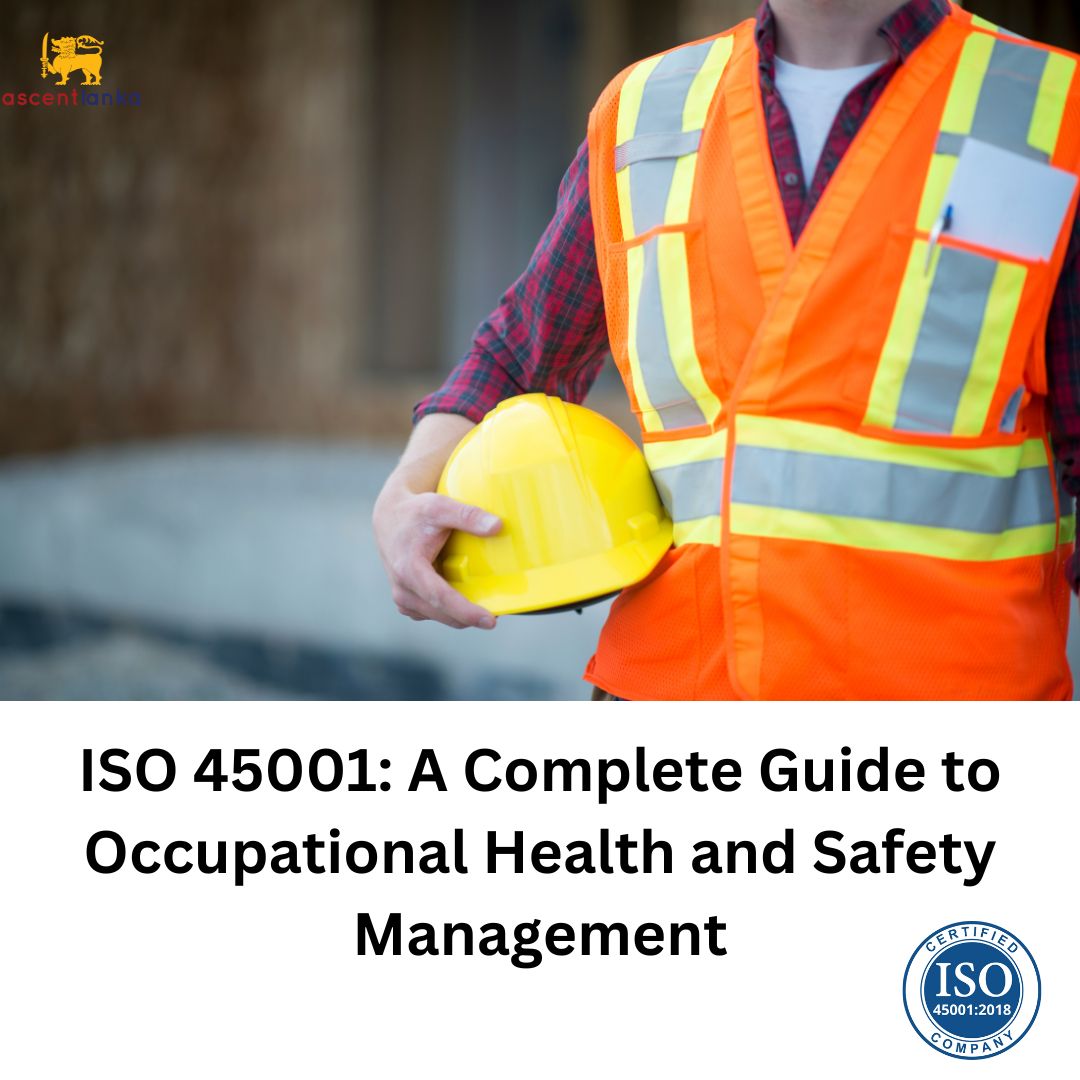
Published: July 14, 2025
ISO 45001: A Complete Guide to Occupational Health and Safety Management
In today's fast-paced business environment, the health and safety of employees have become more critical than ever. Organizations across industries are realizing that employee well-being is not just a legal requirement but a key driver of productivity, morale, and long-term success. Enter ISO 45001, the international standard for occupational health and safety (OH&S) management systems.
Introduced in 2018 by the International Organization for Standardization (ISO), ISO 45001 replaces the older OHSAS 18001 and provides a comprehensive framework for managing workplace risks and improving employee safety globally. This blog explores what ISO 45001 is, why it matters, and how your organization can benefit from its implementation.
What is ISO 45001?
ISO 45001 is an international standard designed to help organizations create safer work environments by systematically managing health and safety risks. It sets out the requirements for an Occupational Health and Safety Management System (OHSMS) and offers a framework for managing potential hazards, reducing incidents, and ensuring legal compliance.
Unlike OHSAS 18001, which it replaces, ISO 45001 follows the Annex SL structure—the same as other popular ISO standards like ISO 9001 (Quality Management) and ISO 14001 (Environmental Management). This harmonization makes it easier for organizations to integrate their management systems.
Why ISO 45001 is Important
Workplace accidents and illnesses continue to affect millions of workers worldwide. According to the International Labour Organization (ILO), over 2.3 million people die each year from work-related accidents or diseases, and there are over 300 million non-fatal occupational accidents annually.
Implementing ISO 45001 helps businesses take a proactive approach to health and safety by identifying risks before they cause harm. More than just preventing accidents, it fosters a culture of continuous improvement and employee engagement.
→ Key Objectives of ISO 45001:
- → Prevent work-related injury and ill‑health.
- → Provide a safe and healthy workplace.
- → Continually improve OH&S performance.
- → Ensure compliance with legal and regulatory requirements.
Benefits of ISO 45001 Certification
- → Improved Employee Safety
The primary benefit is, of course, protecting the health and well‑being of your employees. With structured processes for identifying hazards and controlling risks, ISO 45001 significantly reduces workplace incidents. - → Legal and Regulatory Compliance
ISO 45001 helps businesses stay on top of OH&S laws and regulations, reducing the risk of penalties and lawsuits. - → Enhanced Reputation
Certification demonstrates a commitment to employee safety, enhancing your brand image among customers, partners, and stakeholders. - → Employee Engagement
Employees are more likely to feel valued and motivated in a safe working environment. The standard encourages active participation of workers in decision-making related to health and safety. - → Reduced Operational Downtime
Fewer incidents mean less disruption to operations, reducing costs related to accidents, absenteeism, and insurance premiums. - → Integration with Other Management Systems
Thanks to its high‑level structure, ISO 45001 can be easily integrated with ISO 9001, ISO 14001, and others, simplifying overall business management.
Who Should Implement ISO 45001?
- → Applicable to any organization, regardless of size, type, or sector—from small businesses to multinationals.
- → Industries with higher risk (construction, manufacturing, chemicals, mining, logistics) benefit particularly, though even office-based or low-risk sectors gain from improved OH&S systems.
Key Elements of ISO 45001
ISO 45001 is built around the Plan-Do-Check-Act (PDCA) model and includes several core components:
- → Context of the Organization:Understanding internal and external factors that affect OH&S objectives.
- → Leadership and Worker Participation: Top management must lead by example, ensure worker consultation, and promote a culture of safety.
- → Planning: Identify risks and opportunities, legal requirements, and set measurable OH&S objectives.
- → Support: Provide necessary resources, training, awareness, and communication.
- → Operation: Implement controls to manage risks, emergency preparedness, and response plans.
- → Performance Evaluation: Monitor, measure, and evaluate OH&S performance using audits and management reviews.
- → Improvement: Take corrective actions and continuously improve the OH&S management system.
Steps to Achieve ISO 45001 Certification
- → Gap Analysis: Assess your current OH&S practices and compare them with ISO 45001 requirements.
- → Plan the Implementation: Define roles, responsibilities, and timelines. Secure leadership commitment and worker involvement.
- → Develop the OHSMS: Document policies, procedures, and controls as per the standard’s guidelines.
- → Training and Awareness: Ensure all employees understand the system and their role in maintaining a safe workplace.
- → Internal Audit: Conduct an internal audit to evaluate compliance and identify areas for improvement.
- → Management Review: Review audit findings and performance data to make informed decisions.
- → Certification Audit: Engage an accredited certification body for the external audit. Once passed, your organization receives ISO 45001 certification.
ISO 45001 vs. OHSAS 18001
While both standards focus on occupational health and safety, ISO 45001 brings significant improvements:
| Feature | OHSAS 18001 | ISO 45001 |
|---|---|---|
| Structure | British Standard | International Standard |
| Integration | Harder to integrate | Easily integrates (Annex SL) |
| Focus | Hazard control | Risk management & leadership |
| Worker Involvement | Limited | Strong emphasis |
| Preventive Action | Reactive | Proactive |


Leave a comment below: